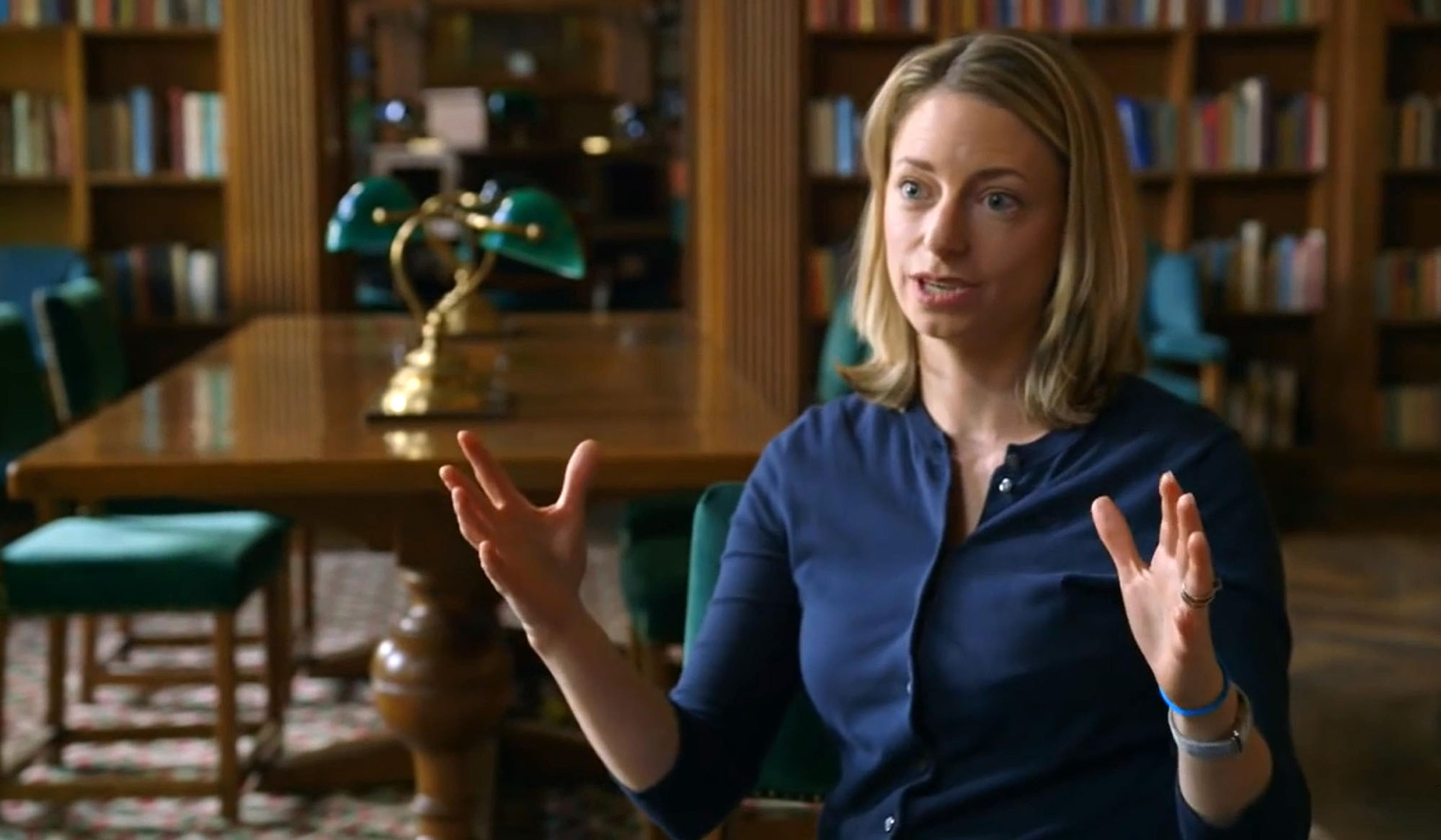For all the advances in artificial intelligence and neuroscience over the past century, the human brain is still the most intricate and enigmatic machinery on Earth. Scientists are still slowly untangling the brains’s web of profoundly complex connections, seeking the yet elusive knowledge of how it all actually works. This visualisation reconstructs a dustmite-sized slice of a mouse cortex that has been used in recent research. While the mapping reveals much about brain mechanics, it also illustrates the immense challenges scientists face when attempting to map even a minuscule amount of brain material.
Can a tiny slice of mouse brain help us understand the complex human mind?
Video by Nature

videoNeuroscience
This intricate map of a fruit fly brain could signal a revolution in neuroscience
2 minutes

videoNeuroscience
After a century of trying, have scientists successfully mapped the human brain?
2 minutes

videoCognition and intelligence
Leaping from firing neurons to human behaviour is tempting, but it’s a perilous gap
3 minutes

videoNeuroscience
What will we do when neuroimaging allows us to reconstruct dreams and memories?
4 minutes

videoComputing and artificial intelligence
Why artificial neural networks have a long way to go before they can ‘see’ like us
19 minutes

videoNeuroscience
See how our brains group words by meaning in surprisingly complex semantic maps
3 minutes

videoBiology
See and hear the human brain as you’ve never experienced it before
2 minutes

videoCognition and intelligence
How a ‘periodic table’ of animal intelligence could help to root out human bias
5 minutes

videoNeuroscience
The brain repurposed our sense of physical distance to understand social closeness
5 minutes